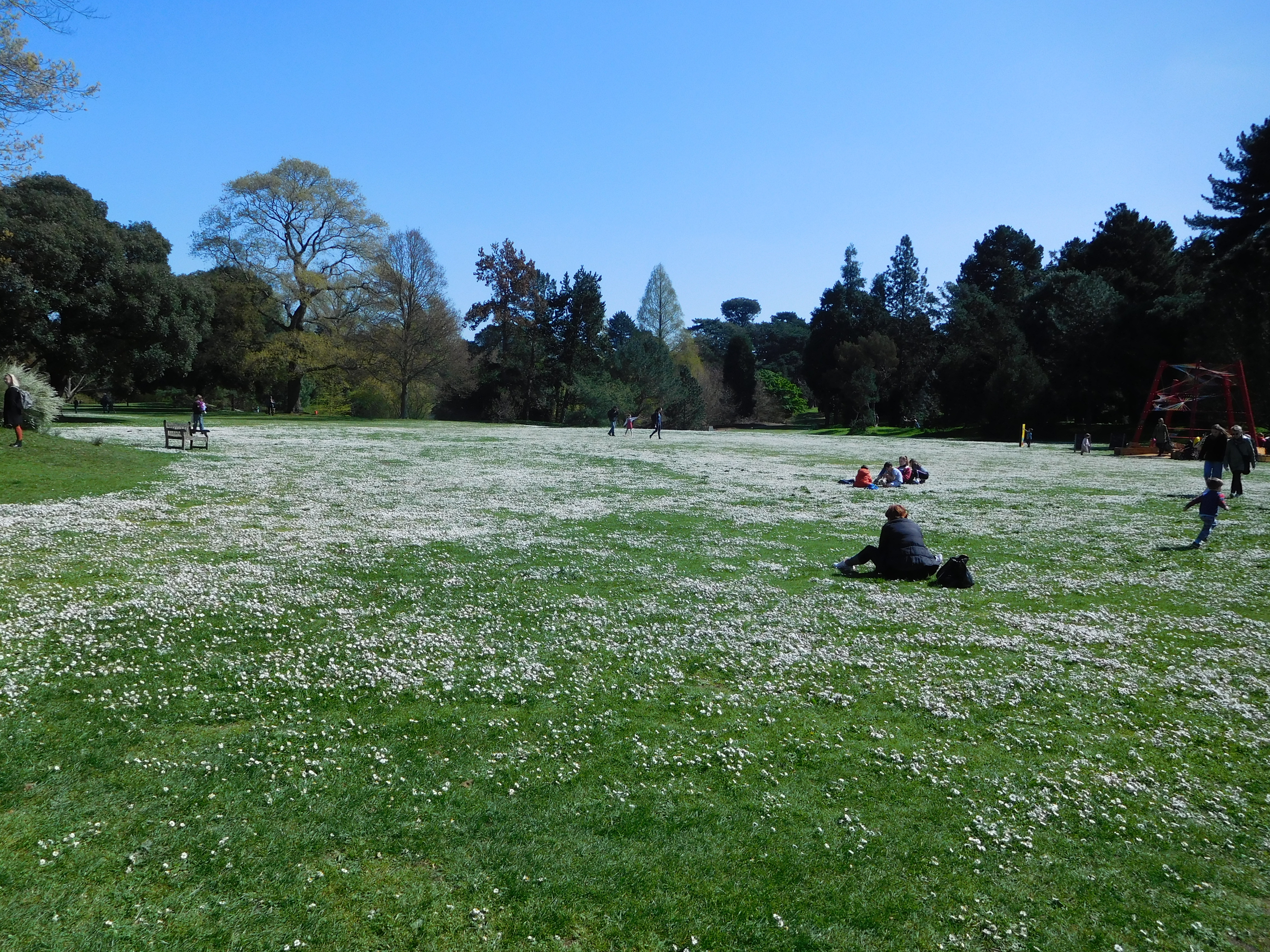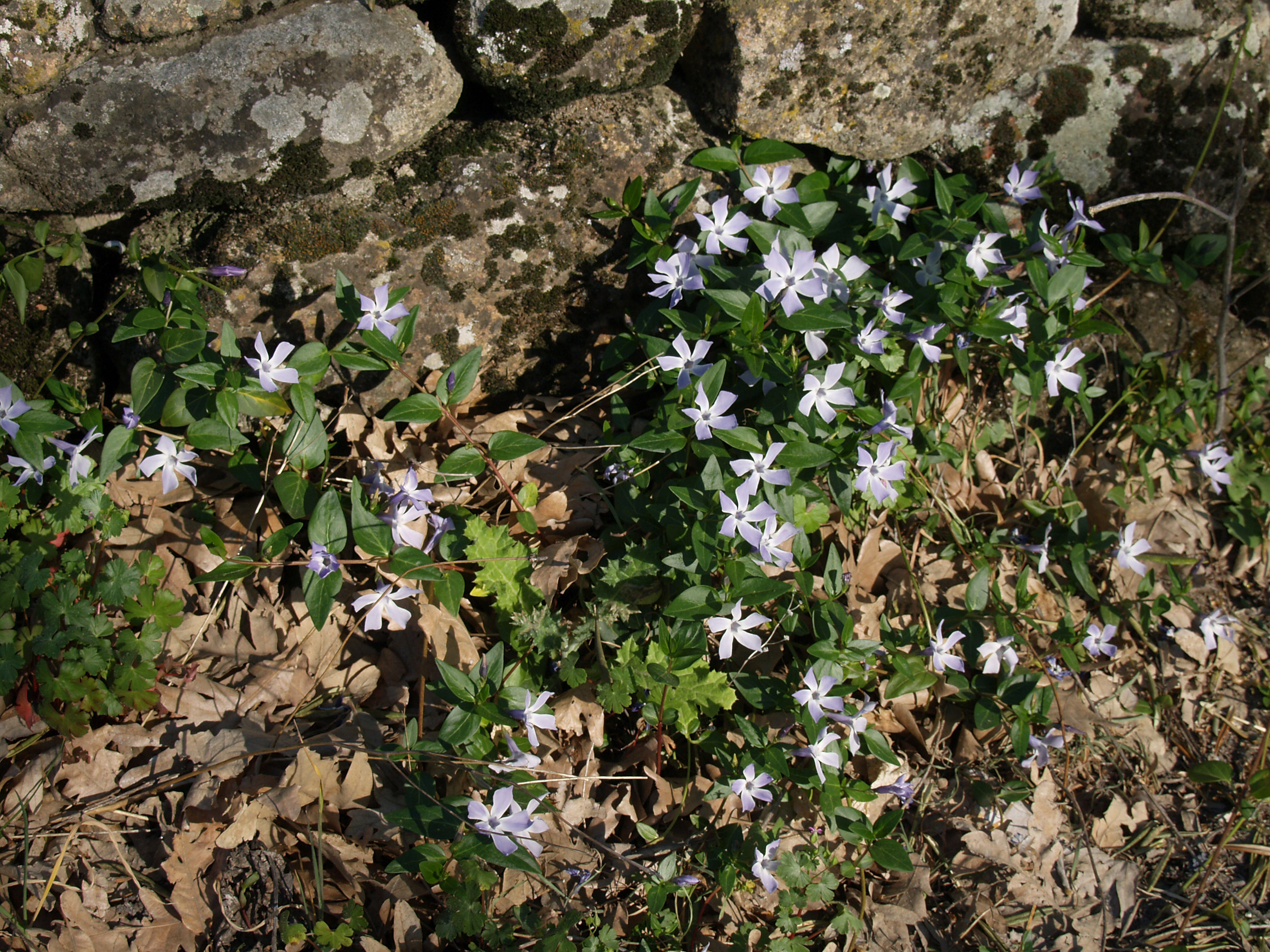|
Raunkiær Plant Life-form
The Raunkiær system is a system for categorizing plants using life-form categories, devised by Danish botanist Christen C. Raunkiær and later extended by various authors. History It was first proposed in a talk to the ''Danish Botanical Society'' in 1904 as can be inferred from the printed discussion of that talk, but not the talk itself, nor its title. The journal, Botanisk Tidsskrift, published brief comments on the talk by M.P. Porsild, with replies by Raunkiær. A fuller account appeared in French the following year. Raunkiær elaborated further on the system and published this in Danish in 1907.Ch. 2 in Raunkiær (1934): The life-forms of plants and their bearings on geography, p. 2-104. The original note and the 1907 paper were much later translated to English and published with Raunkiær's collected works.Ch. 1 in Raunkiær (1934): Biological types with reference to the adaption of plants to survive the unfavourable season, p. 1. Modernization Raunkiær's life-form sc ... [...More Info...] [...Related Items...] OR: [Wikipedia] [Google] [Baidu] |
Plant Life-form
Plant life-form schemes constitute a way of classifying plants alternatively to the ordinary species-genus-family scientific classification. In colloquial speech, plants may be classified as trees, shrubs, herbs (forbs and graminoids), etc. The scientific use of life-form schemes emphasizes plant function in the ecosystem and that the same function or "adaptedness" to the environment may be achieved in a number of ways, i.e. plant species that are closely related phylogenetically may have widely different life-form, for example ''Adoxa'' and ''Sambucus'' are from the same family, but the former is a small herbaceous plant and the latter is a shrub or tree. Conversely, unrelated species may share a life-form through convergent evolution. While taxonomic classification is concerned with the production of natural classifications (being natural understood either in philosophical basis for pre-evolutionary thinking, or phylogenetically as non-polyphyletic), plant life form classifica ... [...More Info...] [...Related Items...] OR: [Wikipedia] [Google] [Baidu] |
Succulent Plant
In botany, succulent plants, also known as succulents, are plants with parts that are thickened, fleshy, and engorged, usually to retain water in arid climates or soil conditions. The word ''succulent'' comes from the Latin word ''sucus'', meaning "juice" or "sap". Succulent plants may store water in various structures, such as leaf, leaves and Plant stem, stems. The water content of some succulent organs can get up to 90–95%, such as ''Glottiphyllum semicyllindricum'' and ''Mesembryanthemum barkleyii''. Some definitions also include roots, thus geophytes that survive unfavorable periods by dying back to underground storage organs may be regarded as succulents. The habitats of these water-preserving plants are often in areas with high temperatures and low rainfall, such as deserts, but succulents may be found even in Alpine climate, alpine ecosystems growing in rocky soil. Succulents are characterized by their ability to thrive on limited water sources, such as mist and dew, ... [...More Info...] [...Related Items...] OR: [Wikipedia] [Google] [Baidu] |
Tulip
Tulips (''Tulipa'') are a genus of spring-blooming perennial herbaceous bulbiferous geophytes (having bulbs as storage organs). The flowers are usually large, showy and brightly coloured, generally red, pink, yellow, or white (usually in warm colours). They often have a different coloured blotch at the base of the tepals (petals and sepals, collectively), internally. Because of a degree of variability within the populations, and a long history of cultivation, classification has been complex and controversial. The tulip is a member of the lily family, Liliaceae, along with 14 other genera, where it is most closely related to '' Amana'', ''Erythronium'' and ''Gagea'' in the tribe Lilieae. There are about 75 species, and these are divided among four subgenera. The name "tulip" is thought to be derived from a Persian word for turban, which it may have been thought to resemble by those who discovered it. Tulips originally were found in a band stretching from Southern Europe to Ce ... [...More Info...] [...Related Items...] OR: [Wikipedia] [Google] [Baidu] |
Crocus
''Crocus'' (; plural: crocuses or croci) is a genus of seasonal flowering plants in the family Iridaceae (iris family) comprising about 100 species of perennials growing from corms. They are low growing plants, whose flower stems remain underground, that bear relatively large white, yellow, orange or purple flowers and then become dormant after flowering. Many are cultivated for their flowers, appearing in autumn, winter, or spring. The flowers close at night and in overcast weather conditions. The crocus has been known throughout recorded history, mainly as the source of saffron. Saffron is obtained from the dried stigma of ''Crocus sativus'', an autumn-blooming species. It is valued as a spice and dyestuff, and is one of the most expensive spices in the world. Iran is the center of saffron production. Crocuses are native to woodland, scrub, and meadows from sea level to alpine tundra from the Mediterranean, through North Africa, central and southern Europe, the islands of the ... [...More Info...] [...Related Items...] OR: [Wikipedia] [Google] [Baidu] |
Corm
A corm, bulbo-tuber, or bulbotuber is a short, vertical, swollen underground plant stem that serves as a storage organ that some plants use to survive winter or other adverse conditions such as summer drought and heat (perennation). The word ''cormous'' usually means plants that grow from corms, parallel to the terms ''tuberous'' and ''bulbous'' to describe plants growing from tubers and bulbs. Structure A corm consists of one or more internodes with at least one growing point, generally with protective leaves modified into skins or tunics. The tunic of a corm forms from dead petiole sheaths—remnants of leaves produced in previous years. They act as a covering, protecting the corm from insects, digging animals, flooding, and water loss. The tunics of some species are thin, dry, and papery, at least in young plants, however, in some families, such as ''Iridaceae'', the tunic of a mature corm can be formidable protection. For example, some of the larger species of '' Wa ... [...More Info...] [...Related Items...] OR: [Wikipedia] [Google] [Baidu] |
Bulb
In botany, a bulb is structurally a short stem with fleshy leaves or leaf basesBell, A.D. 1997. ''Plant form: an illustrated guide to flowering plant morphology''. Oxford University Press, Oxford, U.K. that function as food storage organs during dormancy. (In gardening, plants with other kinds of storage organ are also called "ornamental bulbous plants" or just "bulbs".) Description The bulb's leaf bases, also known as scales, generally do not support leaves, but contain food reserves to enable the plant to survive adverse conditions. At the center of the bulb is a vegetative growing point or an unexpanded flowering shoot. The base is formed by a reduced stem, and plant growth occurs from this basal plate. Roots emerge from the underside of the base, and new stems and leaves from the upper side. Tunicate bulbs have dry, membranous outer scales that protect the continuous lamina of fleshy scales. Species in the genera ''Allium'', ''Hippeastrum'', '' Narcissus'', and ''Tulipa' ... [...More Info...] [...Related Items...] OR: [Wikipedia] [Google] [Baidu] |
Rhizome
In botany and dendrology, a rhizome (; , ) is a modified subterranean plant stem that sends out roots and shoots from its nodes. Rhizomes are also called creeping rootstalks or just rootstalks. Rhizomes develop from axillary buds and grow horizontally. The rhizome also retains the ability to allow new shoots to grow upwards. A rhizome is the main stem of the plant that runs underground horizontally. A stolon is similar to a rhizome, but a stolon sprouts from an existing stem, has long internodes, and generates new shoots at the end, such as in the strawberry plant. In general, rhizomes have short internodes, send out roots from the bottom of the nodes, and generate new upward-growing shoots from the top of the nodes. A stem tuber is a thickened part of a rhizome or stolon that has been enlarged for use as a storage organ. In general, a tuber is high in starch, e.g. the potato, which is a modified stolon. The term "tuber" is often used imprecisely and is sometimes applied to ... [...More Info...] [...Related Items...] OR: [Wikipedia] [Google] [Baidu] |
Dandelion
''Taraxacum'' () is a large genus of flowering plants in the family Asteraceae, which consists of species commonly known as dandelions. The scientific and hobby study of the genus is known as taraxacology. The genus is native to Eurasia and North America, but the two most commonplace species worldwide, ''Taraxacum officinale, T. officinale'' (the common dandelion) and ''Taraxacum erythrospermum, T. erythrospermum'' (the red-seeded dandelion), were introduced from Europe into North America, where they now propagate as wildflowers. Both species are List of leaf vegetables, edible in their entirety. The common name ''dandelion'' ( , from French language, French , meaning 'lion's tooth') is also given to specific members of the genus. Like other members of the family Asteraceae, they have very small flowers collected together into a composite Head (botany), flower head. Each single flower in a head is called a ''floret''. In part due to their abundance, along with being a ... [...More Info...] [...Related Items...] OR: [Wikipedia] [Google] [Baidu] |
Common Daisy
''Bellis perennis'' (), the daisy, is a European species of the family Asteraceae, often considered the archetypal species of the name daisy. To distinguish this species from other plants known as daisies, it is sometimes qualified as common daisy, lawn daisy or English daisy. Description ''Bellis perennis'' is a perennial herbaceous plant growing to in height. It has short creeping rhizomes and rosettes of small rounded or spoon-shaped leaves that are from long and grow flat to the ground. The species habitually colonises lawns, and is difficult to eradicate by mowing, hence the term 'lawn daisy'. It blooms from March to September and exhibits the phenomenon of heliotropism, in which the flowers follow the position of the sun in the sky. The flowerheads are composite, about in diameter, in the form of a pseudanthium, consisting of many sessile flowers with white ray florets (often tipped red) and yellow disc florets. Each inflorescence is borne on a single leafless stem , r ... [...More Info...] [...Related Items...] OR: [Wikipedia] [Google] [Baidu] |
Vinca
''Vinca'' (; Latin: ''vincire'' "to bind, fetter") is a genus of flowering plants in the family Apocynaceae, native to Europe, northwest Africa and southwest Asia. The English name periwinkle is shared with the related genus ''Catharanthus'' (and also with the common seashore mollusc, ''Littorina littorea''). Description ''Vinca'' plants are subshrubs or herbaceous, and have slender trailing stems long but not growing more than above ground; the stems frequently take root where they touch the ground, enabling the plant to spread widely. The leaves are opposite, simple broad lanceolate to ovate, long and broad; they are evergreen in four species, but deciduous in the herbaceous '' V. herbacea'', which dies back to the root system in winter.Blamey, M., & Grey-Wilson, C. (1989). ''Flora of Britain and Northern Europe''. Hodder & Stoughton.Huxley, A., ed. (1992). ''New RHS Dictionary of Gardening'' 4: 664-665. Macmillan. The flowers, produced through most of the growing season, ... [...More Info...] [...Related Items...] OR: [Wikipedia] [Google] [Baidu] |








